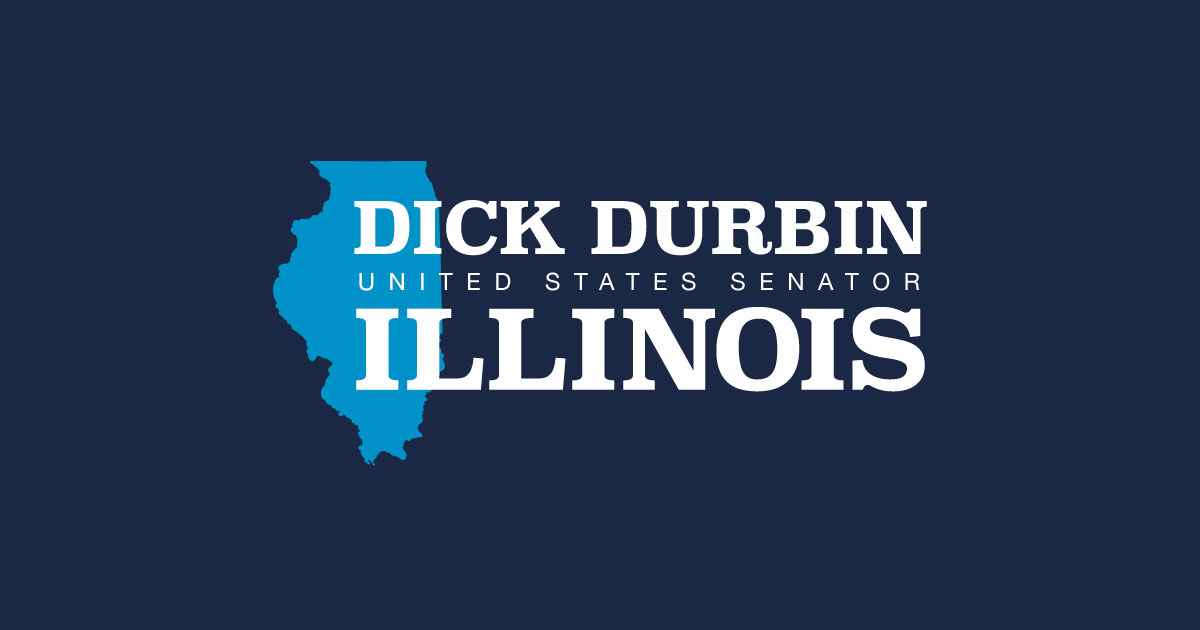Source: United States Senator for Illinois Dick Durbin
Bill represents the first bipartisan Senate effort in decades to reform student loan bankruptcy law
WASHINGTON – U.S. Senate Majority Whip Dick Durbin (D-IL), Chair of the Senate Judiciary Committee, today spoke on the Senate floor about the introduction of the FRESH START Through Bankruptcy Act of 2021, a bipartisan bill he introduced with U.S. Senator John Cornyn (R-TX) that would restore the ability for struggling borrowers to seek a bankruptcy discharge for federal student loans after a waiting period of ten years. Currently 45 million Americans hold more than $1.7 trillion in student loan debt. Unlike most other types of debt, student loans are not dischargeable in bankruptcy except in extremely rare circumstances.
“We know that student loans are the fastest growing category of household debt in America. [There are] 45 million student borrowers in our country. In little under a decade, student loan debt has ballooned from $1 trillion to $1.7 trillion. The average student borrower now carries $30,000 in debt, and many, especially those who are swindled by the for-profit colleges, owe well over $100,000,” Durbin said. “For some, it’s holding them back from buying a first home, starting a family, or a business. For others, it means delaying retirement because of this debt. This is not just an individual misfortune. The student debt crisis is a threat to our economy.”
This week, Durbin held a hearing in the Senate Judiciary Committee on reforming bankruptcy laws to allow student loans to be discharged. Diane Barta, a 50-year-old mother of two and former Ashford University student, testified during the hearing about her inability to discharge her loans in bankruptcy after falling upon hard financial times and being ripped off by Ashford.
“She has over $120,000 in student loan debt, much of it taken out for a worthless degree she received from the for-profit school Ashford University,” Durbin said. “Ms. Barta was a good person who worked hard. She had two degrees from a community college and then another college before she went for a master’s degree at Ashford University. That was her downfall. She talked about how she had to file for bankruptcy in 2012 after her husband lost his job as a commercial plumber. She managed to get relief from most of her debts but certainly could not get discharged from her student loans that she had taken out at Ashford University, this now notorious for-profit school.”
Durbin concluded by making the case for his bill, the FRESH START Through Bankruptcy Act of 2021, which is the first bipartisan Senate bill to reform student loan bankruptcy law in decades.
“Fortunately, both Republican and Democratic members of the Judiciary Committee agree that we need to do something. Congress has a responsibility to solve this problem,” Durbin said. “[The bill] will allow struggling borrowers to seek a bankruptcy discharge for their federal student loans after a waiting period of ten years. That’s a long time, and if you can’t pay off that loan in ten years and you believe there is no other recourse, you could file for bankruptcy and have it discharged…[the bill] includes important provisions to hold accountable educational institutions, particularly these notorious for-profit colleges, with consistently high default rates and low repayment rates… I hope this is the first of many steps that we will take in the Committee and other places on a bipartisan basis to deal with this challenge.”
Video of Durbin’s floor speech is available here.
Audio of Durbin’s floor speech is available here.
Footage of Durbin’s floor speech is available here for TV stations.
The FRESH START Through Bankruptcy Act of 2021 would implement the following reforms:
- Make federal student loans eligible for discharge in a bankruptcy proceeding ten years after the first loan payment comes due, similar to the option to discharge federal loans after a waiting period that was in effect prior to 1998;
- Retain the existing undue hardship discharge option for private student loans and for federal student loans that have been due for less than ten years;
- Increase institutional accountability by creating provisions that require colleges with more than one-third of their students receiving federal student loans to partially reimburse the government if a student’s loan is later discharged in bankruptcy and if the colleges had consistently high default rates and low repayment rates, and ;
- Provide an option for student borrowers who have no realistic path to pay back their overwhelming student loan debt by allowing bankruptcy to be an option to help them get back on their feet.
Cumulative student loan debt is the second largest category of consumer debt after mortgages. Most forms of debt, such as credit card debt and medical debt, can be discharged through the bankruptcy process; only limited types of debts, such as child support payments, alimony, overdue taxes, and criminal fines, are treated as non-dischargeable. Under federal law, student loan debt is non-dischargeable in bankruptcy except in extremely rare cases of “undue hardship.”
A summary of the bill is available here.
-30-
